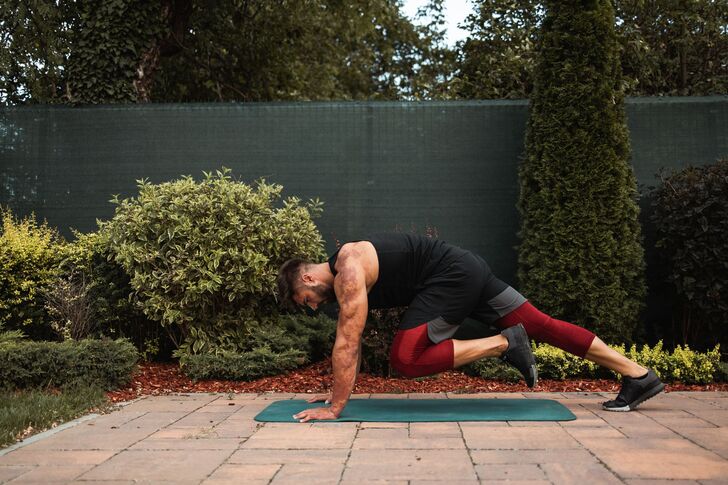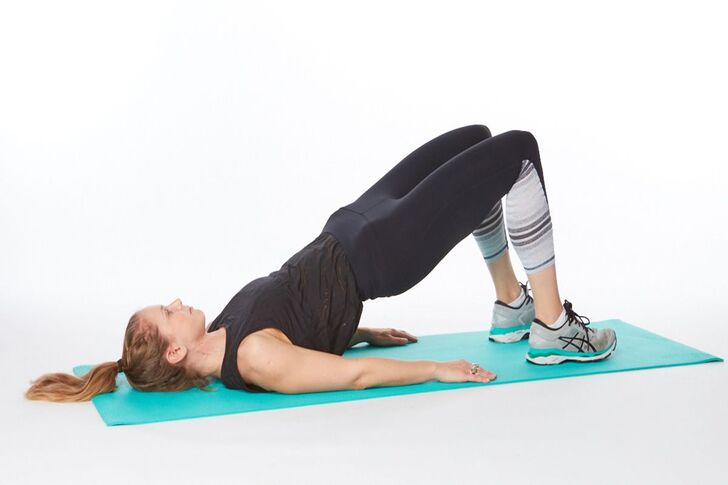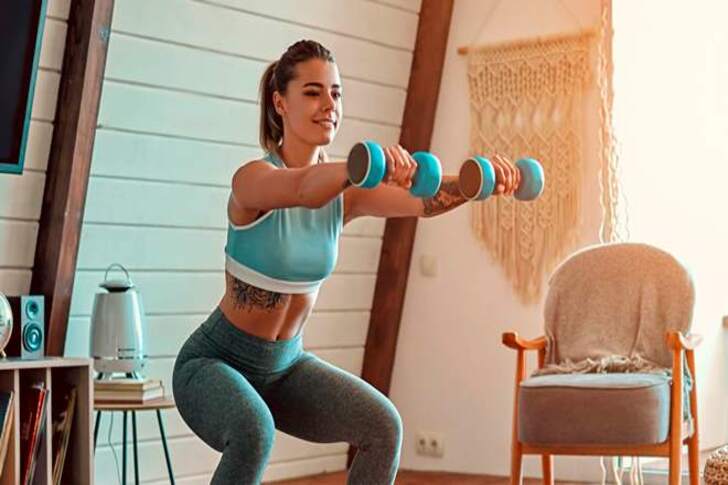Stay Fit: Effective Fitness and Exercise Routines for a Healthier You
Fitness and exercise are crucial components of a healthy lifestyle, offering numerous physical and mental benefits. Regular physical activity can improve cardiovascular health, build and maintain muscle strength, enhance flexibility, and boost mental well-being. From strength training to yoga, discover the diverse options available to help you achieve your fitness goals and enjoy a healthier, more active life.
1Pilates
0 votes

Pilates is a low-impact exercise method that focuses on core strength, flexibility, and overall body conditioning. Developed by Joseph Pilates in the early 20th century, this practice emphasizes controlled movements, proper posture, and breath control. Pilates can improve muscle tone, balance, and joint mobility, making it beneficial for injury prevention and rehabilitation. It also enhances body awareness and promotes better alignment, which can alleviate chronic pain and improve daily functional movements. Pilates exercises can be performed on a mat or using specialized equipment like the Reformer. This versatile workout is suitable for all fitness levels and can be tailored to individual needs and goals. Regular Pilates practice can lead to a stronger, more flexible body and a calmer, more focused mind, making it a valuable addition to any fitness routine.
0
Do you agree? 0% of people agree with your point of view!
2Cardiovascular Exercise
0 votes

Cardiovascular exercise, or cardio, is any physical activity that raises your heart rate and improves the function of your heart, lungs, and circulatory system. Popular forms of cardio include running, cycling, swimming, and dancing. Regular cardiovascular exercise is crucial for maintaining heart health, increasing lung capacity, and improving overall stamina. It also helps with weight management by burning calories and boosting metabolism. Cardio workouts can reduce the risk of chronic diseases such as heart disease, stroke, and diabetes. Additionally, they release endorphins, which can improve mood and reduce stress. Incorporating a variety of cardio exercises into your routine can keep workouts interesting and engaging, helping you stay motivated and consistent in your fitness journey. Whether you prefer high-intensity interval training (HIIT) or steady-state cardio, regular cardiovascular exercise is an essential component of a balanced fitness regimen.
0
Do you agree? 0% of people agree with your point of view!
3Strength Training
0 votes

Strength training, also known as resistance training, involves exercises that improve muscular strength and endurance by making muscles work against a force or weight. This can include free weights, resistance bands, or body-weight exercises like push-ups and squats. Strength training is essential for building and maintaining muscle mass, increasing bone density, and boosting metabolism. Regular resistance workouts can help prevent age-related muscle loss, improve joint function, and enhance overall physical performance. Additionally, strength training has been shown to reduce the risk of chronic diseases such as heart disease, diabetes, and obesity. It also promotes mental health by reducing symptoms of anxiety and depression. Whether you’re a beginner or an experienced athlete, incorporating strength training into your fitness routine can provide substantial health benefits and improve your quality of life.
0
Do you agree? 0% of people agree with your point of view!
4Yoga
0 votes

Yoga is a mind-body practice that combines physical postures, breathing exercises, and meditation or relaxation. Originating in ancient India, yoga has become a popular form of exercise worldwide, known for its ability to improve flexibility, strength, and balance. Regular yoga practice can enhance mental well-being by reducing stress, anxiety, and depression. It also promotes physical health by improving cardiovascular function, increasing lung capacity, and boosting immune function. Yoga can be adapted to suit all fitness levels and ages, with various styles ranging from gentle Hatha yoga to more vigorous Vinyasa or power yoga. Whether practiced at home or in a studio, yoga offers a holistic approach to fitness that nurtures both body and mind. Consistent practice can lead to greater physical and mental resilience, making it an excellent addition to any fitness routine.
0
Do you agree? 0% of people agree with your point of view!
5High-Intensity Interval Training (HIIT)
0 votes

High-Intensity Interval Training (HIIT) is a workout method that involves short bursts of intense exercise followed by periods of rest or low-intensity activity. HIIT workouts can be adapted to various exercises, including running, cycling, and body-weight movements. This training style is known for its efficiency in burning calories and improving cardiovascular fitness in a shorter amount of time compared to traditional steady-state cardio. HIIT can also boost metabolism, enhance athletic performance, and increase fat loss. Additionally, it has been shown to improve insulin sensitivity and reduce the risk of metabolic syndrome. Despite its intensity, HIIT can be modified to suit different fitness levels, making it accessible to beginners and advanced athletes alike. Incorporating HIIT into your fitness routine can provide dynamic and effective workouts that challenge your body and help you achieve your fitness goals faster.
0
Do you agree? 0% of people agree with your point of view!
6Functional Training
0 votes

Functional training involves exercises that train your muscles to work together and prepare them for daily tasks by simulating common movements you might do at home, work, or in sports. This type of training focuses on building a body capable of doing real-life activities in real-life positions, not just lifting a certain amount of weight in an idealized posture created by a gym machine. Functional training often includes full-body movements and emphasizes core stability, balance, and flexibility. Common exercises include squats, lunges, deadlifts, and kettlebell swings. Functional training can improve overall strength, coordination, and mobility, making daily tasks easier and reducing the risk of injury. It is suitable for all fitness levels and can be adapted to individual needs and goals. Incorporating functional training into your fitness routine can lead to more efficient and effective workouts that enhance your ability to perform everyday activities with ease.
0
Do you agree? 0% of people agree with your point of view!







Recent Comments